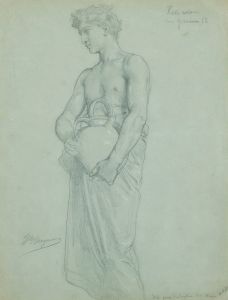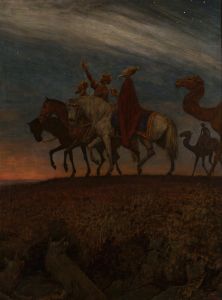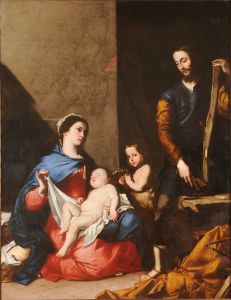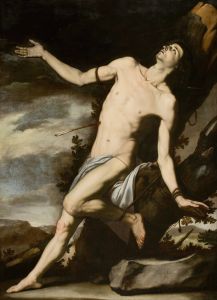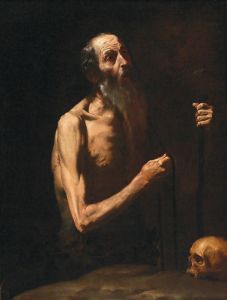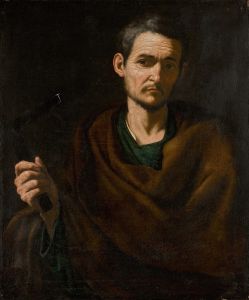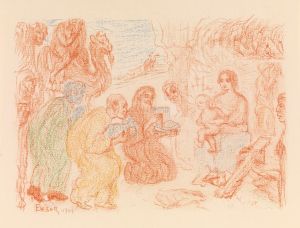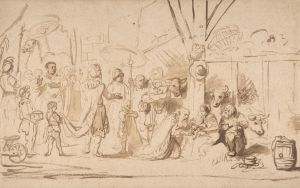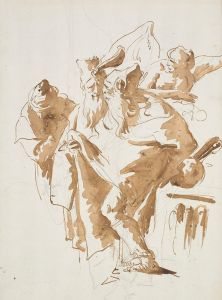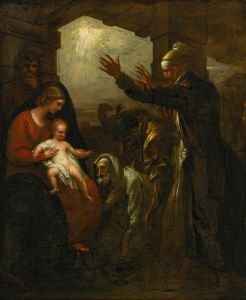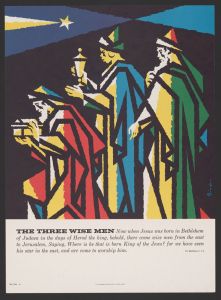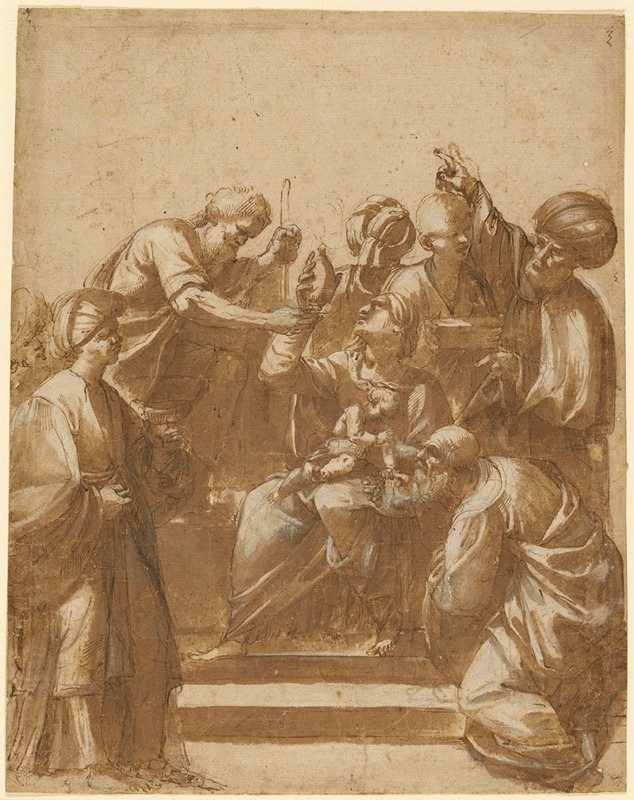
Adoration of the Magi
A hand-painted replica of Jusepe de Ribera’s masterpiece Adoration of the Magi, meticulously crafted by professional artists to capture the true essence of the original. Each piece is created with museum-quality canvas and rare mineral pigments, carefully painted by experienced artists with delicate brushstrokes and rich, layered colors to perfectly recreate the texture of the original artwork. Unlike machine-printed reproductions, this hand-painted version brings the painting to life, infused with the artist’s emotions and skill in every stroke. Whether for personal collection or home decoration, it instantly elevates the artistic atmosphere of any space.
Jusepe de Ribera, a prominent Spanish painter and printmaker of the 17th century, is renowned for his contributions to the Baroque movement. His work, "Adoration of the Magi," exemplifies his mastery in the use of chiaroscuro and his ability to convey intense emotion and realism. Although Ribera spent much of his career in Italy, particularly in Naples, his Spanish heritage deeply influenced his artistic style, which is evident in this painting.
"Adoration of the Magi" depicts the biblical scene of the Three Wise Men visiting the newborn Jesus, a popular subject in Christian art. Ribera's interpretation of this event is characterized by its dramatic use of light and shadow, a technique that highlights the figures and creates a sense of depth and volume. The composition is carefully structured to draw the viewer's eye towards the central figure of the infant Jesus, who is typically depicted in the arms of the Virgin Mary. The wise men, traditionally named Melchior, Caspar, and Balthazar, are shown presenting their gifts of gold, frankincense, and myrrh, each symbolizing different aspects of Christ's identity and future.
Ribera's attention to detail is evident in the rich textures of the fabrics and the expressive faces of the figures, which convey a sense of reverence and awe. The artist's skillful rendering of human anatomy and his ability to capture the subtleties of human emotion are hallmarks of his style. The use of chiaroscuro not only enhances the three-dimensionality of the figures but also imbues the scene with a sense of drama and intensity, a characteristic feature of Baroque art.
The painting reflects Ribera's deep understanding of human emotion and his ability to convey complex narratives through visual means. His work often explored themes of suffering and redemption, and while "Adoration of the Magi" is a more celebratory subject, it still carries an underlying depth that invites contemplation. Ribera's ability to blend realism with dramatic intensity made his religious works particularly compelling and influential.
Ribera's "Adoration of the Magi" is also notable for its cultural and historical context. During the 17th century, the Catholic Church was a significant patron of the arts, and religious paintings played a crucial role in conveying theological messages and inspiring devotion among the faithful. Ribera's work would have been appreciated not only for its artistic merit but also for its ability to communicate religious narratives in a powerful and accessible manner.
While specific details about the commission or the current location of Ribera's "Adoration of the Magi" may not be extensively documented, the painting remains an important example of his work and the broader Baroque movement. Ribera's influence extended beyond his lifetime, impacting both Spanish and Italian art, and his paintings continue to be studied and admired for their technical skill and emotional depth.
In summary, Jusepe de Ribera's "Adoration of the Magi" is a testament to his artistic prowess and his ability to convey profound religious themes through the medium of painting. His use of light and shadow, attention to detail, and emotional depth make this work a significant contribution to Baroque art and a lasting piece of cultural heritage.





